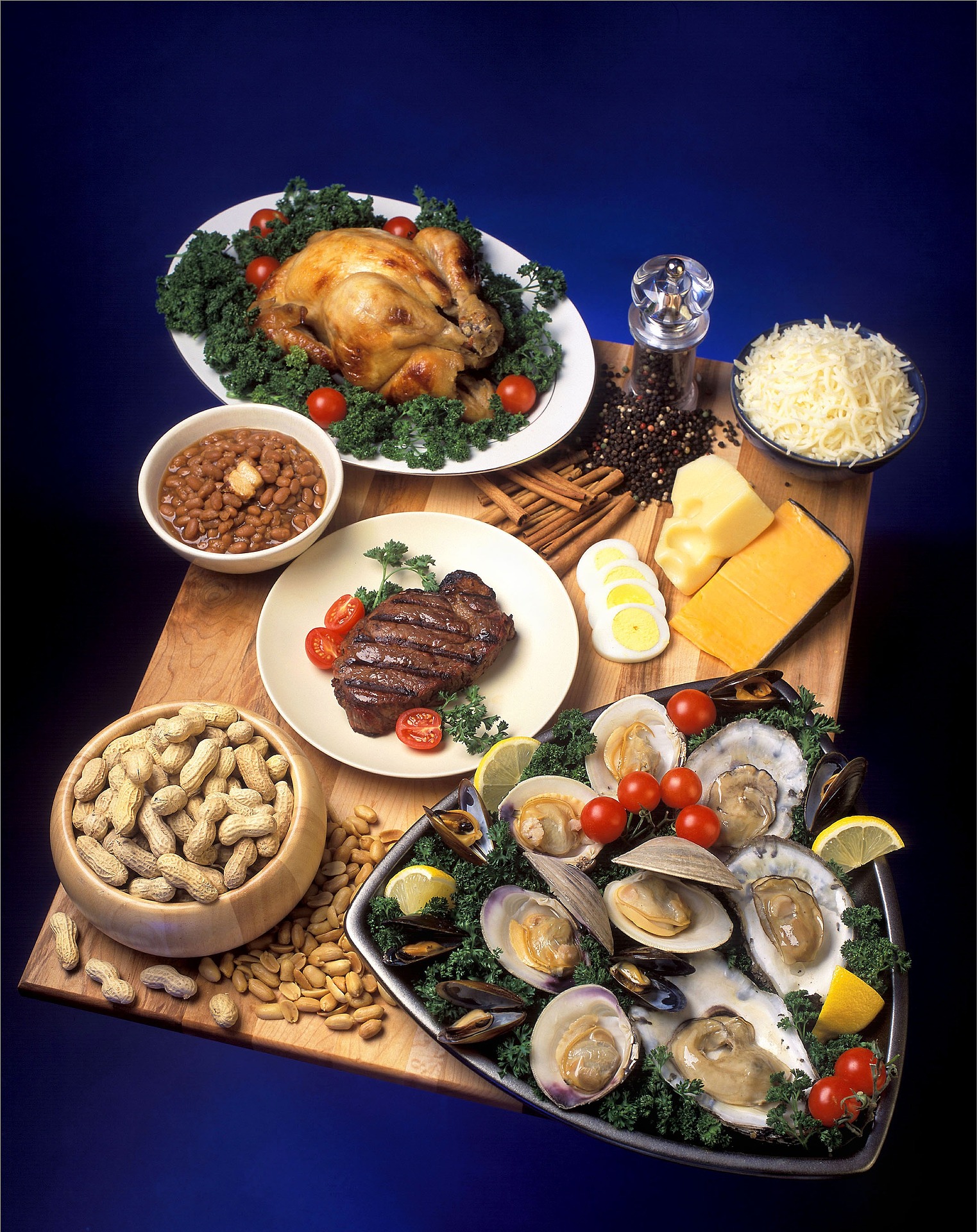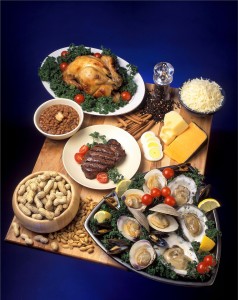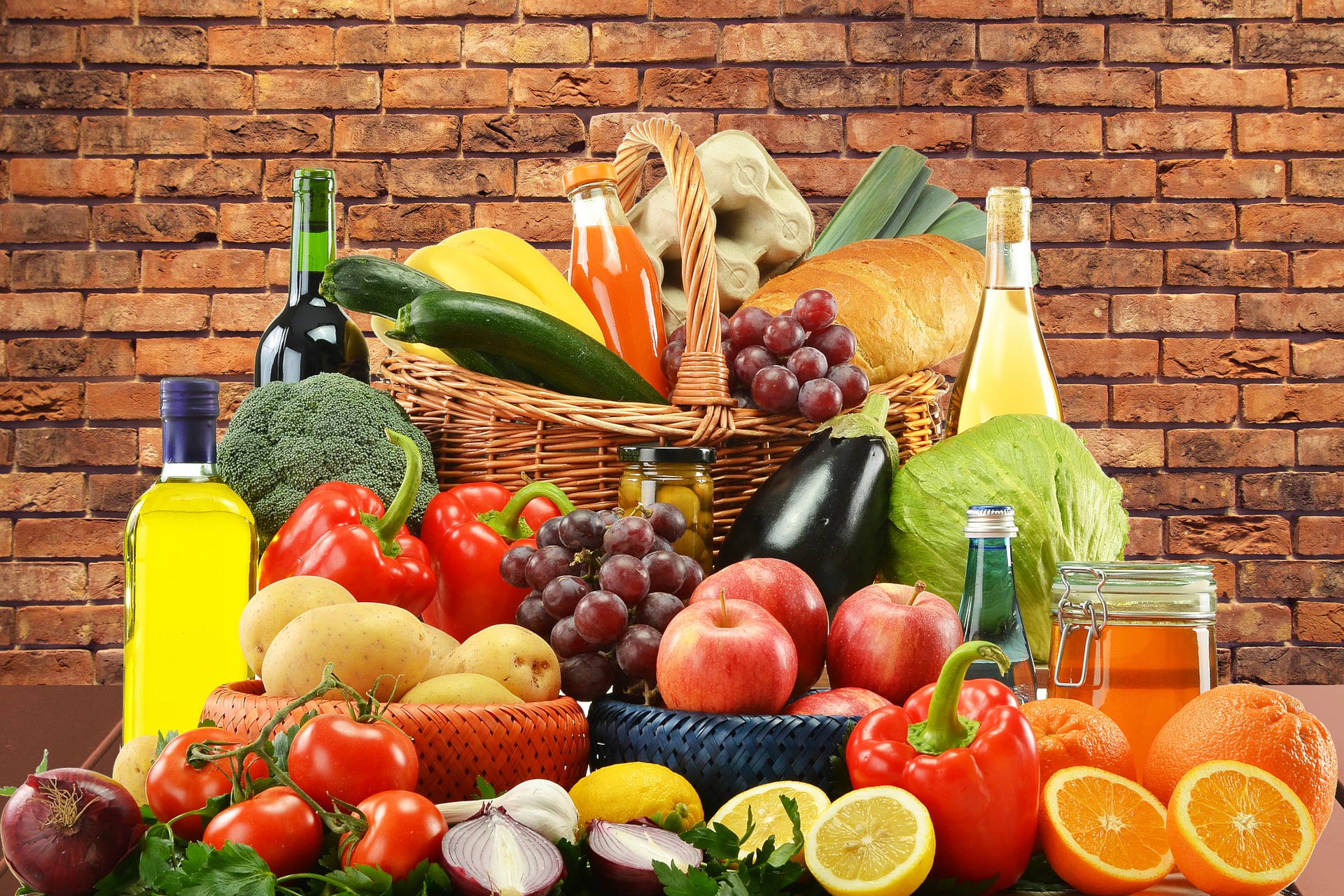
SICKLE CELL AND WHAT TO EAT TO LOOK AFTER YOURSELF
Patients with sickle cell anemia have greater than average requirements for both calories and micronutrients. During sickle cell crises, energy intake can be especially poor. A diet emphasizing fruits, vegetables, whole grains, and legumes will provide a greater proportion of essential nutrients, and appropriate supplementation (1-3 times the recommended intakes for most essential nutrients) can prevent deficiency and may decrease the likelihood of disease exacerbation. High-calorie, nutrient-dense diet. The average energy intake of sickle cell patients is typically below the suggested allowance for calories during the quiescent phase of the disease, and it drops to roughly half the recommended levels during times of illness requiring hospitalization.
As a result, children with SCD are at risk for impaired growth and significantly lower fat and fat-free mass, though obesity is also a risk, especially in female adolescents. Children frequently hospitalized for sickle cell disease (SCD) commonly show poor linear growth, lean body mass, and reduced fat-free mass. For reasons that are poorly understood, many patients are deficient in essential micronutrients. Food such as, avocado, whole milk, dried fruit, nuts, butter, cheese, banana, peanut butter, eggs, pasta, chicken, chocolate, all greens (all efos, especially Ugwu), red meat, potato (sweet especially), starch, oats, corn, spaghetti, all beans, all peas, salmon, oily fish (tuna, sardines), cereals with multi-grains, dark chocolate, full fat yoghurt, smoothies, etc…
Adequate fluid consumption to maintain hydration is vital. Drink plenty of water, have a bottle of water with you all the time and keep sipping and adding more water, drink fresh juices, (like the drink above) or make your own ginger juice, or lemon juice, or ginger and lime juice, or buy any fresh juice. Most importantly, drink water.
Micronutrients: Blood levels of several vitamins and minerals, including vitamin A and carotenoids, vitamin B 6, vitamin C, vitamin E, magnesium, and zinc, are often low in individuals with SCD. These deficiencies cause a significant depreciation in blood-antioxidant status in these patients, and the resulting oxidative stress may precipitate vaso-occlusion–related acute chest syndrome. Studies indicate supplementation of zinc, magnesium, vitamins A, C, and E or treatment with a combination of high-dose antioxidants can reduce the percentage of irreversibly sickled cells. Antioxidant plant phenols, such as flavonoids, may also reduce the oxidative stress in SCD.
Food rich in the below micronutirents:
Vitamin A: Vitamin A is a fat-soluble vitamin that plays an essential role in maintaining vision, body growth, immune function and reproductive health. Getting adequate amounts of vitamin A from your diet should prevent the symptoms of deficiency, which include hair loss, skin problems, dry eyes, night blindness and increased susceptibility to infections. The recommended dietary allowance (RDA) is 900 mcg for men, 700 mcg for women and 300–600 mcg for children and adolescents.
Beef and lamb liver, liver sausage, cod liver oil, trout, mackerel, salmon, tuna, liver pate, goat cheese, butter, fatty cheese, cream cheese, boiled eggs, sweet potato, all efos (especially Ugu), carrots, sweet red pepper (raw, the big one), lettuce, mango, grapefruits, water lemon, papaya, apricot, tangerine, nectarine, passion fruit, guava, jute leaves (ewedu), okra, plantain.
You can easily meet your requirements for vitamin A by regularly eating some of the foods listed in this article. Many foods also contain added vitamin A, including cereals, margarine and dairy products.
Carotenoids: Carotenoids are pigments in plants, algae, and photosynthetic bacteria. These pigments produce the bright yellow, red, and orange colors in plants, vegetables, and fruits. Carotenoids act as a type of antioxidant for humans. Yams, kale, spinach, (all efos), watermelon, bell peppers, tomatoes, carrots, mangoes, oranges, avocado, yellow-fleshed fruits, corn, egg yolks.
Carotenoids are fat-soluble compounds, meaning they are best absorbed with fat. Unlike some protein-rich foods and vegetables, cooking and chopping carotenoid-rich foods increase the strength of the nutrients when they enter the bloodstream.
Vitamin B: There are eight B vitamins — collectively called B complex vitamins. They are thiamine (B1), riboflavin (B2), niacin (B3), pantothenic acid (B5), pyridoxine (B6), biotin (B7), folate (B9) and cobalamin (B12). Though each of these vitamins has unique functions, they generally help your body produce energy and make important molecules in your cells. Aside from B12, your body cannot store these vitamins for long periods, so you have to replenish them regularly through food. Foods: salmon, all greens, lettuce, liver and other meat organs, egg, milk, beef, all beans, all peas, nuts, chicken and turkey, yoghurt, pork, fortified cereal (Breakfast cereals often contain added vitamins, including B vitamins. Check for them in the ingredients list), trout, sunflower seeds, (egusi), jute leaves (ewedu), tamarind, okra, yam.
Consuming adequate amounts of the eight B complex vitamins puts you on the path to a healthy diet. Some top sources of B vitamins include meat (especially liver), seafood, poultry, eggs, dairy products, legumes, leafy greens, seeds and fortified foods, such as breakfast cereal and nutritional yeast.
Vitamin C: Vitamin C is a water-soluble vitamin that’s found in many foods, particularly fruits and vegetables. It’s well known for being a potent antioxidant, as well as having positive effects on skin health and immune function. It’s also vital for collagen synthesis, connective tissue, bones, teeth and your small blood vessels. The human body cannot produce or store vitamin C. Therefore, it’s essential to consume it regularly in sufficient amounts. The current daily value (DV) for vitamin C is 90 mg. Foods: cherries, rose hips, chilli peppers, guava, sweet yellow peppers, blackcurrant, thyme, parsley, kiwis, kale, broccoli, Brussel sprouts, lemons, lychees, papaya, strawberries, lychees, tiger nuts, agbalumo, jute leaves (ewedu), okra, yam, plantain.
Vitamin E: Vitamin E is a group of powerful antioxidants that protect your cells from oxidative stress. Adequate vitamin E levels are essential for the body to function normally. If you don’t get enough, you may become more prone to infections, experience impaired eyesight or suffer from muscle weakness. Foods: Wheat Germ Oil, sunflower seeds, almonds, sunflower oil, almond oil, nuts, goose meat, peanuts, salmon, avocado, trout, sweet red peppers, brazil nuts, mangoes, animal products, salmons, trout, snails, crayfish, cod, lobster, cashew nuts, all nuts, avocado, mangoes, kiwi, tiger nuts (ofio), cranberries, olive, apricots, all green vegetables. Oils: sunflower, hazelnut, almond, safflower, rice bran, cotton seed, grapeseed, canola, and palm oil.
Magnesium: Magnesium is an extremely important mineral. Foods: dark chocolate, avocado, nuts, peas and beans, pumpkin seeds (egusi), grains, fatty fish, bananas, leafy greens, tiger nuts (ofio), tamarind.
Zinc: Zinc is a mineral that’s essential for good health. Foods: meat, crabs, peas, beans, seeds, nuts, milk, eggs, wheat, oat, rice, other grains, yam, potatoes, dark chocolates, jute leaves (ewedu), tiger nuts (ofio).
Anti-oxidant food: Antioxidants are compounds produced in your body and found in foods. They help defend your cells from damage caused by potentially harmful molecules known as free radicals. Foods: dark chocolate, pecan nuts, strawberry, agabaoflumo, kale, Ugu, red cabbage, beans, beetroots, spinach (efo), okra, plantain.
Plant phenols: Polyphenols are micronutrients that we get through certain plant-based foods. They’re packed with antioxidants and potential health benefits. It’s thought that polyphenols can improve or help treat digestion issues. Foods: cloves, cocoa powder, all berries, blackcurrants, cherries (agabalumo), apples, plums, beans, nuts, vegetables, corn, red onions, spinach, (efo), black or green tea, red wine, efirin (scent leaves).
Flavonoids: Flavonoids are various compounds found naturally in many fruits and vegetables. They’re also in plant products like wine, tea, and chocolate. There are six different types of flavonoids found in food, and each kind is broken down by your body in a different way. Flavonoids are rich in antioxidant activity and can help your body ward off everyday toxins. Including more flavonoids in your diet is a great way to help your body stay healthy and potentially decrease your risk of some chronic health conditions. Foods: onions, kale, grapes and red wine, tea, peaches, berries, tomatoes, lettuce, broccoli, white tea, green tea, oolong tea, black tea, apples, purple and red grapes, blueberries, strawberries, cocoa and chocolate products, parsley, red peppers, celery, chamomile, peppermint, lemons, limes, oranges, grapefruit, efirin (scent leaves).
Omega-3 fatty acid supplements. These long-chain omega-3 fatty acids increase the fluidity of red blood cell membranes, which may prevent sickle cell crisis. In a small double-blind, placebo-controlled study supplemental EPA and DHA had significant therapeutic benefits including reduction of severe anemia.








Thanks